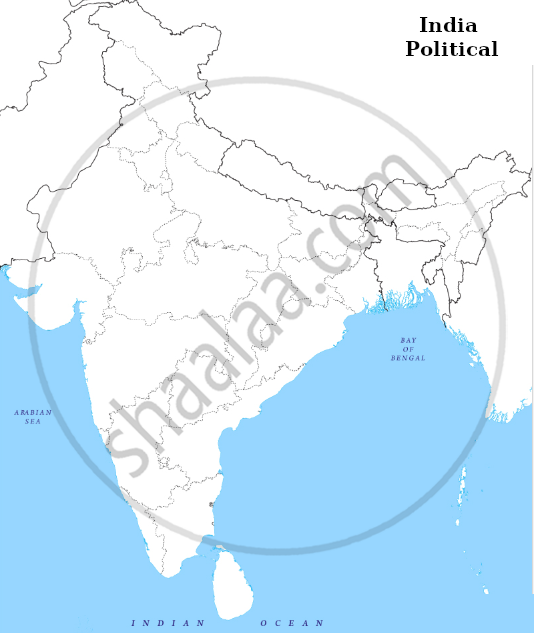Advertisements
Advertisements
Question
Answer in 100-150 Words
Why Was the Charkha Chosen as a Symbol of Nationalism?
Solution
Gandhiji used to work on charkha. He made it a symbol of our freedom movement. Following are the reasons for making it the symbol of our freedom struggle.
(a) Charkha symbolised manual labour.
(b) Gandhiji wanted to attach respect to manual labour. On charkha people worked with their own hand.
(c) Charkha was a low investment product hence anyone can afford it. It was a boost to the small scale industries.
(d) Charkha as it dignified manual labour. It also promoted the culture of doing one’s own work. It would also strike at the root of caste system.
(e) Charkha was used as tool to keep British imported clothes.Thus, Charkha became a symbol of Indian nationalism.
APPEARS IN
RELATED QUESTIONS
Answer in 100-150 Words
How Was Mahatma Gandhi Perceived by the Peasants?
Write a Short Essay (250-300 Words) on the Following:
How Was Non-cooperation a Form of Protest?
A series of ‘Praja Mandals’ was established to promote nationalist creed in ______.
Who led the Khilafat Movement in India?
Gandhiji took back Non-Cooperation movement in ______.
On the given political outline map of India, locate and label the following with the appropriate symbol:
The place where Gandhiji withdrew Non-Cooperation Movement.

Consider the following events:
- Jallianwala Bagh Massacre
- Khilaf at Movement
- Formation of Swaraj Party
- Arrival of Simon Commission
The correct chronological order of these events is:
Who drafted the resolution on fundamental rights for the Karachi Session of Congress in 1931?
Who of the following organized a march on the Tanjore coast to break the Salt Law in April 1930?
In which Satyagraha, Gandhiji asked for the remission of taxes for peasants following the failure of their harvest?
In which year, Jallianwala Bagh Massacre took place?
What was the main demand of khilafat movement?
Consider the following statement regarding Rowlatt Satyagraha
- Rowlatt Act was passed in the year 1915.
- It was passed on the recommendation of a committee chaired by Justice CN Broomfield.
- This Act permitted detention without trial.
- Gandhiji called for a countrywide campaign against this Act.
Which of the above statements is/are not correct?
Explain the importance of the Non-Cooperation Movement.
Describe the circumstances that led to the initiation of Non-Cooperation Movement by Gandhiji. Explain the significance of this movement?
On the given political outline map of India mark and label of the follow with appropriate symbol:
The place where Jallianwala Bagh Massacre happened.

"Mahatma Gandhi's own role was vital in the growth of 'Gandhian Nationalism' but it also depended on his followers". Explain the statement with examples.
Assertion (A): Gandhiji called for a countrywide agitation against the Rowlatt Act.
Reason (R): British authorized the government to imprison people without trial.
Describe the role of Gandhiji in the Indian freedom struggle from 1922 till 1931.
Explain the role Gandhiji in Indian Freedom movement from 1916 till 1922.
Describe the causes and events of the 'Non Co-operation Movement'.
